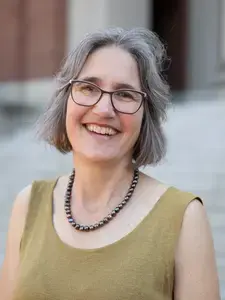Sarah Luria
Professor, Environmental Studies Department Chair

Biography
Director/Editor of Pakachoag Where the River Bends; Coordinator of the Pakachoag Project
Courses
- Thoreau: Then and Now
- Touchstones 2A: American Lit
Professor, Environmental Studies Department Chair

Director/Editor of Pakachoag Where the River Bends; Coordinator of the Pakachoag Project